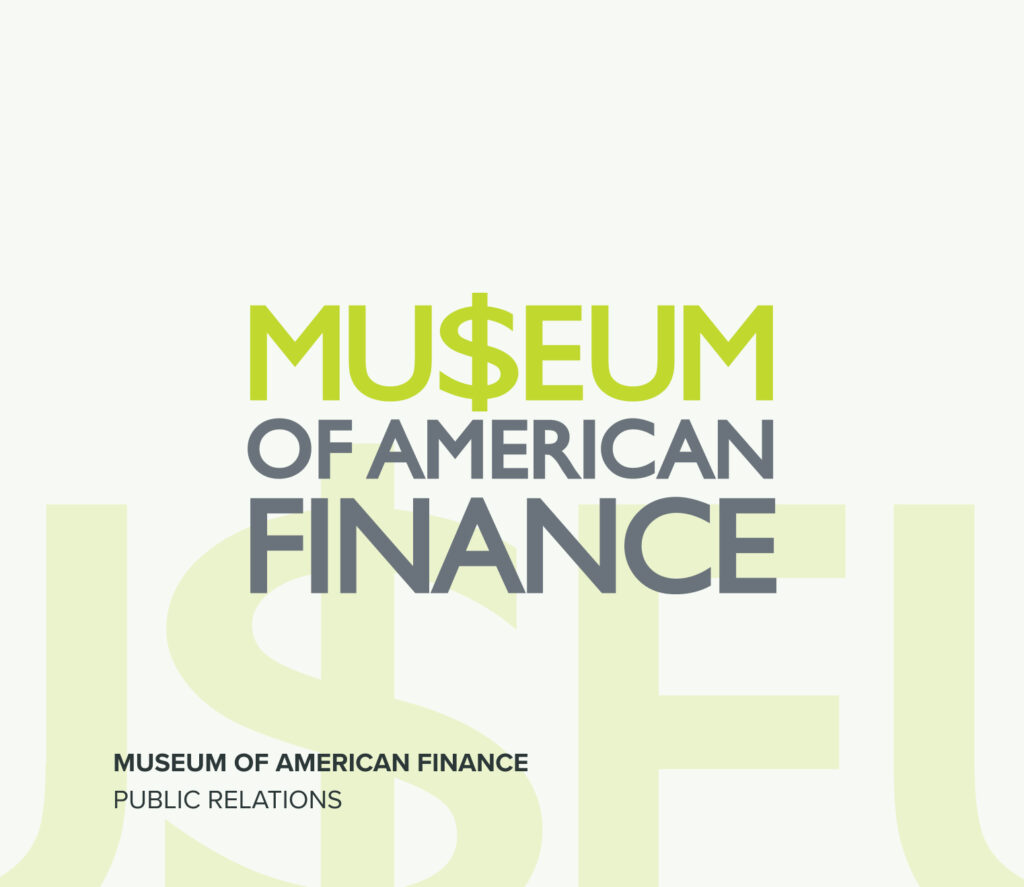The Complete Guide to Brand Strategy for Financial ServicesIn the highly competitive arena of financial services, a solid brand strategy is the cornerstone of success. But financial services branding strategy isn’t about logos and color palettes; it’s about carving a unique identity that stands out in the marketplace, fosters trust with investors, and attracts customers. This guide will help you understand key brand positioning steps, offering actionable insights and examples for crafting a vision that resonates with customers and grows the bottom line. Whether you’re looking to overhaul your current strategy or build a new financial brand from the ground up, this is your best-practices roadmap to creating a compelling brand narrative. In this post, we’ll show you the ins and outs of branding strategy for financial brands, including:
The Importance of Brand Strategy for Financial Services
Battle Bank’s founders came to the Vested team with a vision to build a new bank. From there, Vested helped Battle Bank build a cohesive, new brand from the ground up, one that was true to the fledgling bank’s bold values, its namesake of Battle Mountain and the need for simplicity to cut through the noise. Robinhood
Finance Studio, Vested’s partner for content and design projects, worked with Robinhood to illustrate the brand’s commitment to modern, clean, and content-centric design. They burst onto the scene with a mission to democratize finance for everyone. Their branding strategy was built around the idea of making stock trading accessible and free from traditional commission fees. They tapped into a previously underserved market of young investors, leveraging a brand narrative of disruption and empowerment. This strategic positioning helped them grow rapidly and disrupt the financial services industry. MasthavenMasthaven is a UK specialist challenger bank. They came to Vested to refresh the brand to better connect with its two dual external audiences of retail savers and mortgage brokers, alongside employees and wider stakeholders. It had undertaken research among employees that denoted a clear employer brand that needed better externalizing, and we worked with the bank to also undertake in-depth analysis of mortgage brokers’ needs. The key insight from both pieces of work was the strength of the Masthaven team, its ability to personalize support through human underwriting and the importance of its relationships. We agreed these needed to come to the fore in the rebrand. Elevating Your Brand StrategyThe examples above help illustrate how these brands made strategic decisions to clarify their audience or identity to further differentiate and elevate the brand above the competition. Crafting a compelling brand strategy is no small feat. But the investment of time and energy will pay massive dividends in brand loyalty, market credibility, and business longevity. If the idea of developing a brand strategy seems daunting, remember you don’t have to go at it alone. Our team of financial specialists is ready to help you build a brand strategy that resonates with your clients and distinguishes you in the marketplace. If you are ready to revisit your brand, Vested’s branding and marketing team is here to make it happen for you. |
The Complete Guide to Brand Strategy for Financial Services
Jeff KunsContributing Writer





